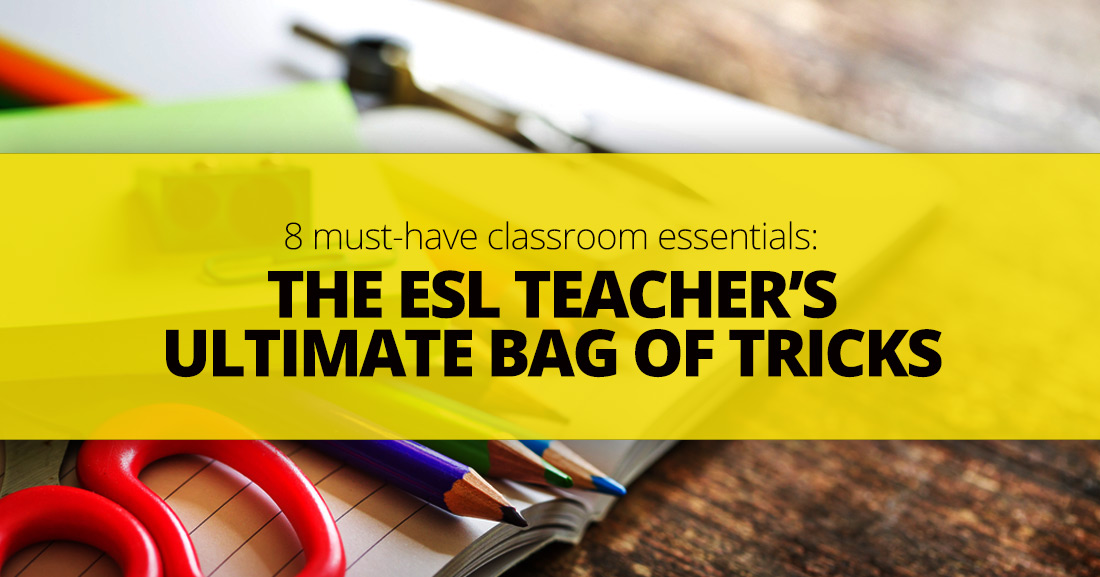Nothing makes a child prouder than showing off a newly acquired sticker.
It gives them a sense of pride and accomplishment. It's proof and evidence of a job well done. Children connect to real objects more than abstracts, and reward stickers are the one tangible item they need to feel encouraged to keep working in class. Words like, "Good job!" are simply not enough if they don't come with the visible “seal of approval”. It’s good to teach children about things like responsibility and the importance of learning, but it just doesn’t sink in if they don’t have something tangible to hold on to. Still, the use of reward stickers in the ESL classroom should not be taken lightly. Teachers must be aware of the fact that a highly visible sticker chart will be very well received by some students, but not all of the children will be happy with the arrangement.
Pros and cons of school stickers:
Pros:
- Of all of the things you may use to reward your students for their efforts, school stickers are the least questioned by parents. Unlike candy or small toys, stickers are the most harmless; all other "gifts" may be construed as a form of bribery.
- Teacher stickers (those that are designed for school use) are much more affordable, in fact, as they can easily be bought in bulk. You can even find printable stickers online and print them on some full size label paper.
- They are highly effective in classroom management, whether you wish to deal with behavior problems, or simply get a little more cooperation from your young students.
- It gives children something to look forward to; it gives them an achievable goal (young children simply do not relate to learning goals).
Cons:
- Students who don’t do as well will not get as many stickers; they may in fact get none. If the teacher wishes to reward a student with one to provide some encouragement, the others may question the decision or even say it's undeserved. So, you're leaving the field wide open for disappointment, resentment, mistrust and a host of other negative feelings.
- Students who typically do well in class will move jump through hoops to get more stickers, and the more they get the more they want. This sometimes makes it difficult for teachers to encourage shy students.
Public reward vs. private reward:
The reward chart hanging on the wall will show exactly how many stars each student has, and is visible to all students, which encourages healthy competition. After all, we live in a highly competitive world, right? However, there are times when the reward chart makes students feel less than good about themselves, particularly those who have very few stickers in comparison to others who have many. Privately rewarded stickers will still boost their confidence and motivate them to keep working. Moreover, a teacher may choose to reward a shy student with a sticker, and if this is done privately, there is a little more leeway. So, we must all be aware of the risks posed by public rewards if we choose to employ them, whereas with private rewards there are none.
Here are some great ways to reward children with kids stickers:
- Classic Star Chart
Make a chart with the children’s names listed on the left side. Give each a star sticker for good behavior, completing a task first, picking up the most toys, etc… You can reward countless types of behavior, but if you use this type of public reward make sure you reward different types of things, not only class performance. For example, a child who seems to have a hard time learning won’t get any stars for winning games, but he or she may get plenty for helping you tidy up. Give them a prize from a grab bag after they collect 10 stars. They will certainly work hard to earn that prize!
- Sticker Albums
Give each student a sticker album they will keep for the duration of the course. You can make them yourself, and they can be as simple or as elaborate as you wish. As you reward each child with a sticker, they stick it in their albums, and for every 5 they collect, they get a special, larger one or a “limited edition” sticker. The best thing about this reward system is that the kids get to keep their albums, plus it's a lot more private than the wall chart in plain sight. Students choose whether they wish to show the amount of stickers they've collected, or keep it to themselves.
- Sticker Exchange
This can work with either the public wall chart or private sticker album. Have a number of prizes of varying value on display somewhere in the classroom. The system works like this: once a child has collected a certain number of stickers, say 5, he or she has the opportunity to trade them in for a prize of lower value, say a candy bar. Or they may choose to wait till get collect some more for a bigger, more expensive prize, say 20 stickers for a book. The teacher circles or checks the stickers they have traded in; there's no need to actually remove them from the chart or album. This is a great way to teach children to save, plus a thing or two about patience and planning.
Custom Stickers
For more targeted rewards use stickers that have been designed with specific messages, like stickers for playground behavior, collaboration, spelling, etc... This way, you have the chance to reward students for particular skills or behaviors, and they'll have more chances to earn stickers.
The real key to effectively motivating young learners through reward stickers is finding ways to motivate them all, especially those who have difficulties learning English.
In these cases, you may choose to reward them for the best drawing or the neatest handwriting. But remember that all students deserve praise for one thing or another. If you keep this one thing in mind, all of your young learners will receive the boost of confidence they need. The possibilities are almost limitless with sticker printing services from PsPrint.com!
What’s your opinion of using stickers in the ESL classroom? Please tell us below!

